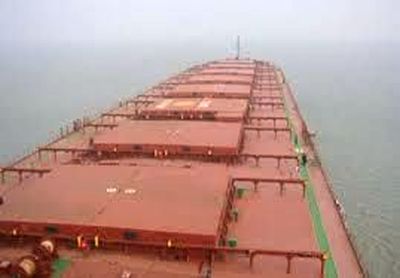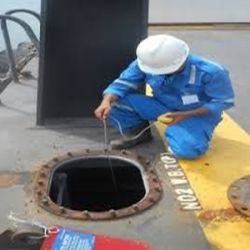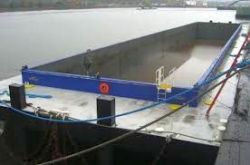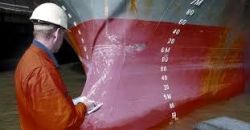 |
Alaska Survey Associates L.L.C. P.O. Box 772423 Eagle River (Anchorage), Alaska, 99577 Call: 907-360-2145 or 907-280-8771 Fax 907-726-0510 - Email: survey@alaskasurvey.net |
Michael Terminel SAMS® AMS® Principal Marine Surveyor United States Coast Guard Unlimited Master |
| Over 35 years in the Maritime Industry Serving the Pacific Northwest including Hawaii and Guam Will travel Domestic and Internationally | ||
| Colton Terminel Marine Surveyor U.A.A. School of Engineering, Student |
Hunter Terminel Marine Surveyor Alaska Army National Guard "Deployed" |
Demi Shaffer Marine Surveyor USCG Licensed Master |
||
This survey has three main components: |
1. Bunker Survey A bunker survey is a valuable tool in today's market. Temperature and fuel density are crucial in determining what you received is what you paid for. If you did not receive what you paid for or there is a considerable gain in full in a tank, these are all conditions that a bunker survey will determine and mitigate.
A bunker survey is a valuable tool in today's market. Temperature and fuel density are crucial in determining what you received is what you paid for. If you did not receive what you paid for or there is a considerable gain in full in a tank, these are all conditions that a bunker survey will determine and mitigate.Quality is an imperative factor in purchasing and trading fuel. Sulfur content can make the difference between accepting fuel and declining the load. There is a considerable cost associated with fuel not passing specs. Cargo tanks and the vessels bunker tanks are separate. However, it won't be the first time I've seen a feeder line coming off of a cargo tank feeding the vessels day tanks. These lines are hidden, sometimes very difficult to determine and cost you your product. When a bunker survey is requested, comparison to what was in the tank before and after is imperative. Without one, the other is useless. All measurements are taken prior to the cargo transfer and then again prior to the vessel's departure. The vessel's bunker volumes are calculated again on port arrival and also at departure. The following is an account of what you should receive when getting a bunker survey:
|
2. Draft Survey Draft Surveys are conducted by companies or charterers to determine that a certain quantity of cargo liquid or bulk has been loaded or discharged. Alaska Survey Associates L.L.C. has USCG licensed Unlimited Masters with PIC Tankerman and Advanced Stability trained to conduct Draft Surveys. Our surveyors and inspectors have over 25 years of experience loading, offloading cargo determining that the correct amounts that were paid for were properly loaded or discharged.
Draft Surveys are conducted by companies or charterers to determine that a certain quantity of cargo liquid or bulk has been loaded or discharged. Alaska Survey Associates L.L.C. has USCG licensed Unlimited Masters with PIC Tankerman and Advanced Stability trained to conduct Draft Surveys. Our surveyors and inspectors have over 25 years of experience loading, offloading cargo determining that the correct amounts that were paid for were properly loaded or discharged.Loading and Discharging in geographical areas where active tides are present can result in inconsistencies in draft readings. Primarily from lazy crew who do not realize that the ship is aground when loading commences or when discharging. We will verify all soundings and vessel drafts throughout the process. Loading or discharging bulk cargo, ballast, fuel and potable water while loading or discharging liquid cargo when relying solely on a draft reading is extremely inconsistent with calculations and commonly done. Verify the vessels maintains no list when soundings are conducted. A vessel that is listed will have inconsistent soundings with ullage readings. |
3. Condition & Warranty Survey The Condition Survey is required usually by an underwriter, insurance company or charterer to verify that the ship is fit to sail. Plain and simple. This survey will be accompanied with supporting documents to include:
The Condition Survey is required usually by an underwriter, insurance company or charterer to verify that the ship is fit to sail. Plain and simple. This survey will be accompanied with supporting documents to include:
|
|
Copyright © 2016-2020 Alaska Survey Associates L.L.C., Eagle River (Anchorage), Alaska, USA, survey@alaskasurvey.net Installed August 1, 2016, Last Revised July 1, 2020 - Hosted and maintained by Don Robertson |